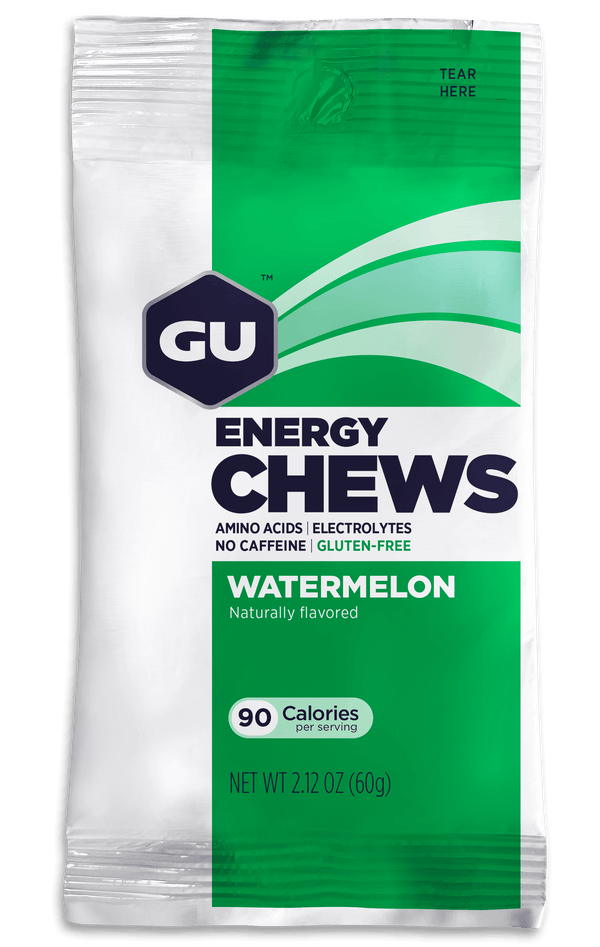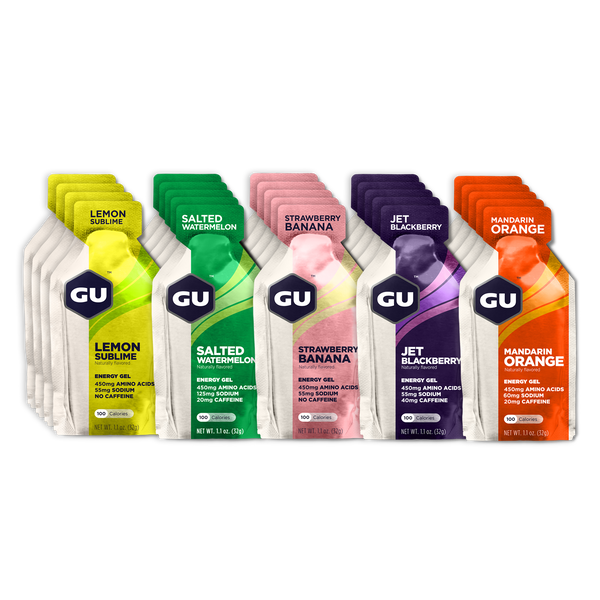In 2015, I graduated from the school of wood fire burning and enrolled in the school of cooking with gas, at least as far as it pertained to my training regime. No, I didn’t bust out the Coleman stove… I hired a coach, started riding with a power meter, and began following a very well defined training plan.
I will be the first to admit, that for 15+years, I was extremely inefficient with the way I trained, if you could even call it training. See, I was the quantity over quality kind of rider, more apt to go on a 4-hour road ride with friends than do 2.5 hours of structured training. Now don’t get me wrong, I love unstructured riding. In fact, that’s usually when I have the most fun on my bike, which I argue is the most important aspect of riding your bike in the first place. However, my fitness always seemed to plateau. I never had any significant spikes of good, or poor, fitness per se, which meant that my performances weren’t necessarily representative of what I was truly physically capable of. All that changed when I began working with a coach.
The first thing my coach had me do was take a lactate threshold test to gather my baseline power, lactate threshold and max heart rate numbers.
What’s a lactate threshold test you ask?
For cyclists, it consists of a ramp test on a stationary trainer where the exercise intensity is progressively increased and blood samples are taken at timed intervals. A quick pin prick to my ear lobe was all it took to get the necessary blood to measure the lactate buildup before I would commence the next ramp up. What’s the point of this? The point is to learn the highest intensity at which you race and train before hitting the wall from high levels of blood lactate. Your lactate threshold defines the upper limit of your sustainable efforts in training and competition, so knowing that limit is crucial to designing the appropriate power zones to be training in.
Speaking of training, one of the perks of being a member of the GU Crew for well over a decade is that I’m often asked to be part of an athlete testing pool for new product development. In this case, we collaborated with St. Mary’s College to undergo a testing protocol at their Human Performance Lab. Getting my VO2 Max tested was a first for me and involved head gear and a mouthpiece breathing apparatus that measured oxygen and carbon dioxide concentration of my exhaled air.

What’s a VO2 max test?
Well, it measures the maximum rate of oxygen consumption during exercise and reflects the aerobic physical fitness of the individual, which is an important determinant of endurance capacity during prolonged, sub-maximal exercise. According to Professor Chi-An Emoff, the Director of the Human Performance Lab, “VO2 max is widely accepted as the single best measure of cardiovascular fitness and maximal aerobic power.”
So what were my numbers?
…and, more importantly, what do they mean for me as an endurance cyclist? Well, we learned that my VO2 max is 60 ml/kg/min, which isn’t out-of-this-world good, but it does mean that I can maintain intensity, and high power, for long periods of time, which, from a training stand point, means that I need to continue to do progressively longer power intervals. The other important number we got was my lactate threshold of 80%, which is a percentage of my VO2 max, and, according to Professor Chi-An Emhoff, “is at the high end of the range typically seen, and a hallmark adaptation of endurance athletes.”
What now?
Well, for starters, we know that my body is really efficient when operating anywhere between 225 to 260 watts, so many of my workouts include Endurance Miles intervals where I maintain power within this zone. Over the past 3 months, as I’ve prepared for the very hilly stage race that I’m about to compete in, I’ve spent a lot of time doing five-minute climbing repeats at a higher average wattage (approximately 310 to 350 watts) to help build my seated strength. And then to fine tune my high end intensity, my coach has me do short burst (20 second all out sprints) where I generate as many watts as I possibly can. The goal with these really specific, and painful, intervals, is to get my systems ready for the intense stress that the start of a mountain bike race can have on your body.
Now the real test comes in the form of my coach and I putting these numbers to good use as I prepare to return to The Pioneer, a 7 day MTB stage race through the Southern Alps of NZ.
Whereas in years past I’d been on wood fire mode, these two tools, a coach and training with power, mean that I will now be “cooking” my fitness, and racing, with gas.

































